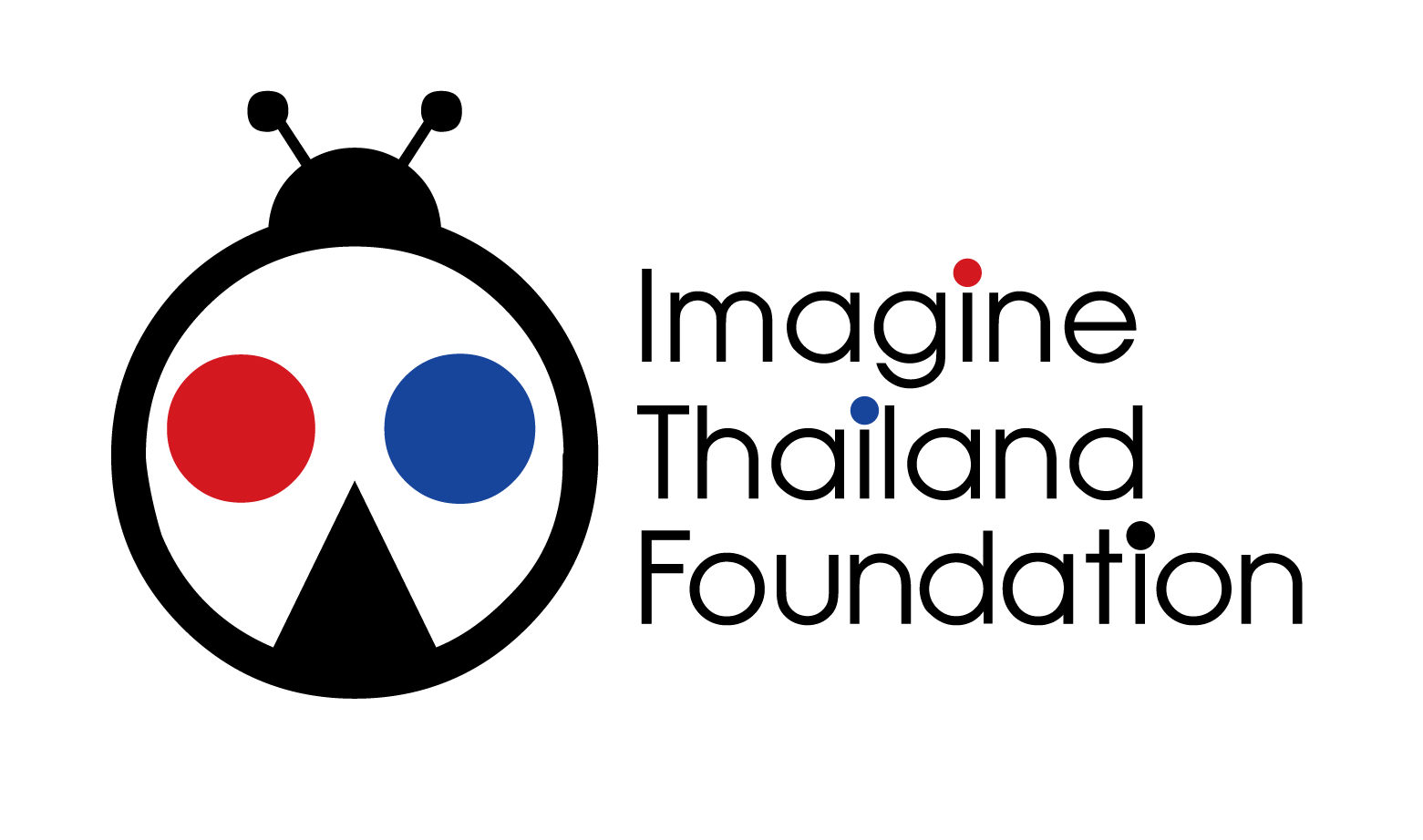July 11th is world population day
Today is a day to remember, celebrate and focus our attention on population issues around the world. Population topics such as family planning, human rights, education, maternal health, child health, reproductive health, poverty, gender equality, and many others, are important issues as the global population increases. Each year, the total population grows by approximately 83 million people and it is expected to reach 8.6 billion in 2030.
As the world turns our attention to the many population issues, we want to highlight one area: maternal and child health.
According to the United Nations Population Fund, the global maternal death ratio has declined by 44% since 1990. This is a HUGE achievement!
Although we definitely have reason to celebrate, maternal and child health continues to be a major issue around the world. Each day, 830 women die from complications related to pregnancy and childbirth, another 16,000 women experience injury, infection or disability and over 25,000 children aged 5 and under die from malnourishment, infectious diseases, diarrhea and pneumonia.
Motherhood and childhood are risky business! Fortunately, most of this risk is preventable with proper access to basic education, training and health care.
Throughout South East Asia, maternal injury and mortality is on the decline, with Thailand offering one of the highest equity of coverage rates across all socio-economic groups. In 1918, Thailand opened their first maternal health clinic. In 2001, Thailand began offering universal health care and by 2011, 98% of urban and rural dwelling Thais could easily access health care.
Thailand has done well to increase access to reproductive health services, family planning, antenatal care and skilled birth attendance. The small inequity within Thailand is largely due to education levels of mothers. Formal education in mothers affects all areas of health and wellness. When comparing women with a high level of education and those with no formal education, women with no formal education fared worse in all outcome indicators (maternal health, child health, nutrition, low birth weight, injury during pregnancy, etc.).
As we continue to focus on these issues, let us not forget that maternal and child health is more than the numbers. It’s more than the physical health, it’s about the emotional, spiritual and socioeconomic health of women, children and families. It’s about creating holistic communities. It’s about creating strong communities.
